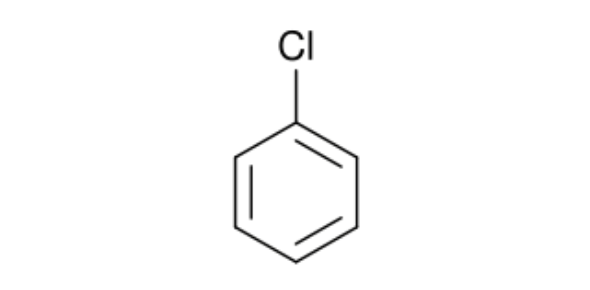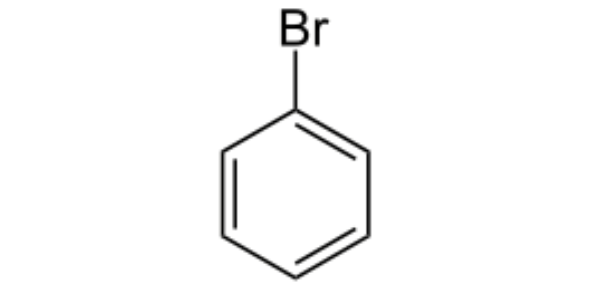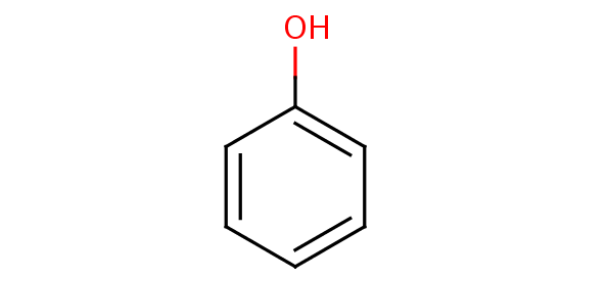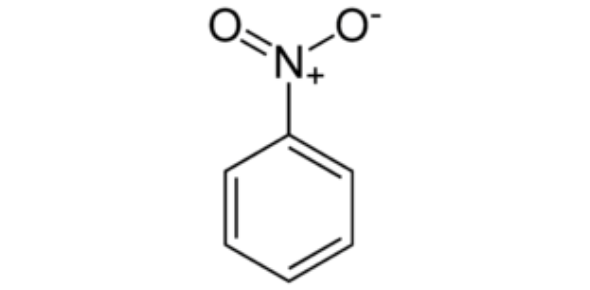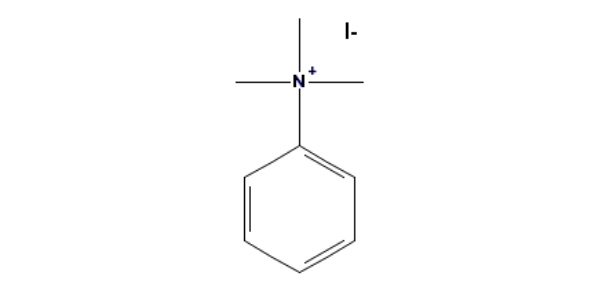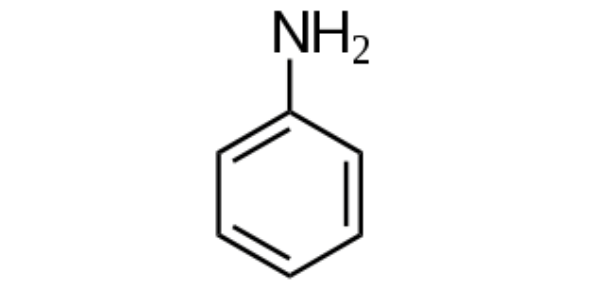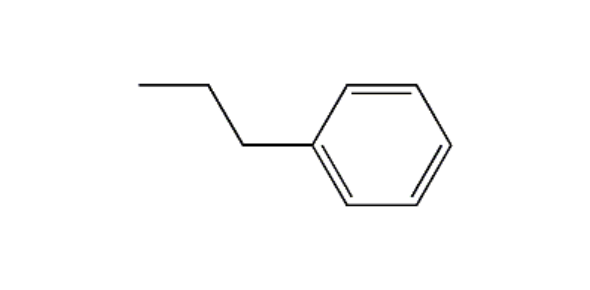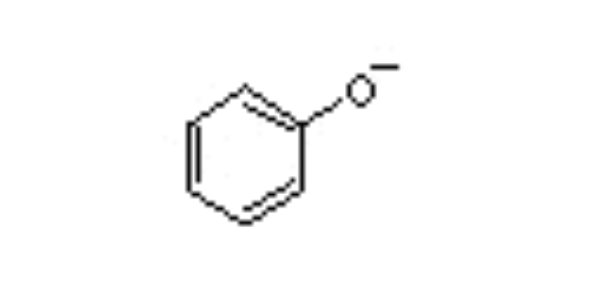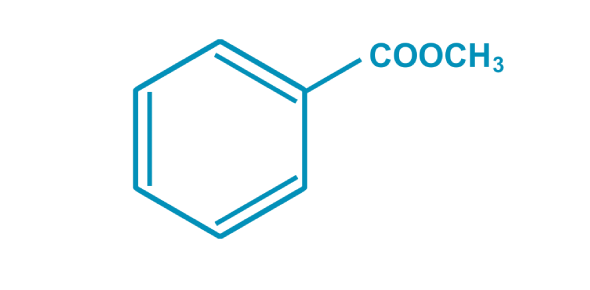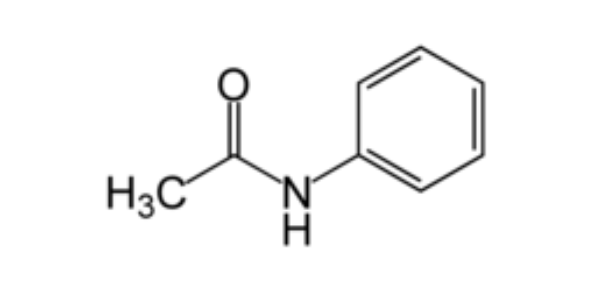Directors: Ortho, Meta, Or Para?

Activating vs. Deactivating
ortho, meta, or para?
- 1.
Chlorobenzene
- A.
Activating: ortho, para directing
- B.
Deactivating: meta directing
- C.
Deactivating: ortho, para directing
Correct Answer
C. Deactivating: ortho, para directingExplanation
The given answer states that chlorobenzene is a deactivating group that directs incoming substituents to the ortho and para positions. This means that when a new substituent is added to chlorobenzene, it is more likely to be positioned at the ortho or para positions relative to the chlorine atom. This is because the chlorine atom withdraws electron density from the benzene ring, making these positions more electron deficient and therefore more favorable for the incoming substituent.Rate this question:
-
- 2.
Benzenesulfonic acid
- A.
Deactivating: ortho, para directing
- B.
Activating: ortho, para directing
- C.
Deactivating: meta directing
Correct Answer
C. Deactivating: meta directingExplanation
This answer is correct because benzenesulfonic acid is a strong deactivating group, meaning it withdraws electron density from the benzene ring. This electron withdrawal makes the ring less reactive towards electrophilic substitution reactions. Additionally, benzenesulfonic acid is a meta directing group, meaning that it directs incoming substituents to the meta position on the ring rather than the ortho or para positions.Rate this question:
-
- 3.
Bromobenzene
- A.
Activating: ortho, para directing
- B.
Deactivating: meta directing
- C.
Deactivating: ortho, para directing
Correct Answer
C. Deactivating: ortho, para directingExplanation
This answer is correct because it correctly identifies bromobenzene as a deactivating group that directs incoming substituents to the ortho and para positions. This means that any new substituents added to bromobenzene will preferentially attach to the ortho or para positions rather than the meta position.Rate this question:
-
- 4.
Phenol
- A.
Activating: ortho, para directing
- B.
Deactivating: meta directing
- C.
Deactivating: ortho, para directing
Correct Answer
A. Activating: ortho, para directingExplanation
Phenol is a compound that contains a hydroxyl group (-OH) attached to a benzene ring. This hydroxyl group is an electron-donating group, which means it activates the benzene ring towards electrophilic aromatic substitution reactions. The presence of the hydroxyl group makes the ortho and para positions more electron-rich compared to the meta position, making them more favorable for substitution. Therefore, phenol is activating and ortho, para directing in electrophilic aromatic substitution reactions.Rate this question:
-
- 5.
Nitrobenzene
- A.
Activating: ortho, para directing
- B.
Deactivating: meta directing
- C.
Deactivating: ortho, para directing
Correct Answer
B. Deactivating: meta directingExplanation
Nitrobenzene is a deactivating group because it withdraws electron density from the benzene ring through resonance. This electron-withdrawing effect makes it a meta directing group, meaning that it directs incoming groups or reactions to the meta position on the benzene ring rather than the ortho or para positions.Rate this question:
-
- 6.
Trimethylanilinium iodide
- A.
Activating: ortho, para directing
- B.
Deactivating: meta directing
- C.
Deactivating: ortho, para directing
Correct Answer
B. Deactivating: meta directingExplanation
The given compound, trimethylanilinium iodide, is a positively charged species due to the presence of the trimethylammonium group. This positive charge makes the compound a strong electron-withdrawing group, which deactivates the aromatic ring. Since the positive charge is delocalized over the entire ring, it is not localized to specific positions, hence it is meta directing. Therefore, the correct answer is "Deactivating: meta directing."Rate this question:
-
- 7.
Aniline
- A.
Activating: ortho, para directing
- B.
Deactivating: meta directing
- C.
Deactivating: ortho, para directing
Correct Answer
A. Activating: ortho, para directingExplanation
Aniline is a compound that activates the ortho and para positions on a benzene ring. This means that when a reaction occurs on the benzene ring, it is more likely to happen at the ortho or para positions rather than the meta position. Aniline also has a deactivating effect on the meta position, making it less likely for a reaction to occur at that position. Therefore, aniline is classified as an activating group for the ortho and para positions and a deactivating group for the meta position.Rate this question:
-
- 8.
Propylbenzene
- A.
Activating: ortho, para directing
- B.
Deactivating: meta directing
- C.
Deactivating: ortho, para directing
Correct Answer
A. Activating: ortho, para directingExplanation
The correct answer is "Activating: ortho, para directing". Propylbenzene is an activating group that directs incoming substituents to the ortho and para positions on the benzene ring. This means that when a new substituent is added to the propylbenzene molecule, it will preferentially attach to the ortho or para positions rather than the meta position. This is because the propyl group activates the benzene ring, making it more susceptible to electrophilic attack at the ortho and para positions.Rate this question:
-
- 9.
Phenoxide ion
- A.
Activating: ortho, para directing
- B.
Deactivating: meta directing
- C.
Deactivating: ortho, para directing
Correct Answer
A. Activating: ortho, para directingExplanation
The given correct answer states that the phenoxide ion is activating and ortho, para directing. This means that the phenoxide ion increases the electron density on the ortho and para positions of the aromatic ring, making them more reactive towards electrophilic substitution reactions. This is because the negative charge on the oxygen atom of the phenoxide ion can delocalize onto the aromatic ring, stabilizing the intermediate carbocation formed during electrophilic substitution. Therefore, the phenoxide ion activates the ortho and para positions for substitution reactions.Rate this question:
-
- 10.
Methyl benzoate
- A.
Activating: ortho, para directing
- B.
Deactivating: meta directing
- C.
Deactivating: ortho, para directing
Correct Answer
B. Deactivating: meta directingExplanation
Methyl benzoate is a compound in which the benzene ring is attached to a methyl group (-CH3). This methyl group is an electron-donating group, making it an activating group. Activating groups are known to direct incoming electrophiles (such as an electrophilic substitution reaction) to the ortho and para positions on the benzene ring. However, in the case of methyl benzoate, the presence of the ester group (-COOCH3) deactivates the benzene ring, making it less reactive towards electrophiles. This deactivating effect also changes the directing influence of the methyl group, causing it to direct incoming electrophiles to the meta position instead. Therefore, the correct answer is "Deactivating: meta directing."Rate this question:
-
- 11.
Anilide
- A.
Activating: ortho, para directing
- B.
Deactivating: meta directing
- C.
Deactivating: ortho, para directing
Correct Answer
A. Activating: ortho, para directingExplanation
Anilide is a compound that activates ortho and para positions in a reaction. This means that it promotes the attachment of other groups to these positions. However, it does not have a deactivating effect on these positions. Therefore, the correct answer is that anilide is activating and ortho, para directing.Rate this question:
-
Quiz Review Timeline +
Our quizzes are rigorously reviewed, monitored and continuously updated by our expert board to maintain accuracy, relevance, and timeliness.
-
Current Version
-
Nov 29, 2023Quiz Edited by
ProProfs Editorial Team -
Jan 11, 2009Quiz Created by
Redwire321
- Aeronautics Quizzes
- Aerospace Quizzes
- Agricultural Science Quizzes
- Astrology Quizzes
- Astronomy Quizzes
- Atom Quizzes
- Biochemistry Quizzes
- Biology Quizzes
- Biomechanics Quizzes
- Biostatistics Quizzes
- Biotechnology Quizzes
- Botany Quizzes
- Branches Of Science Quizzes
- Cytology Quizzes
- Easy Science Quizzes
- Ecology Quizzes
- Electrical Quizzes
- Embryology Quizzes
- Endocrinology Quizzes
- Engineering Quizzes
- Environmental Science Quizzes
- Epidemiology Quizzes
- Experiment Quizzes
- Forestry Quizzes
- Fossil Quizzes
- Gas Quizzes
- General Science Quizzes
- Genetics Quizzes
- Histology Quizzes
- Human Biology Quizzes
- Integrated Science Quizzes
- Invention Quizzes
- Library Science Quizzes
- Lighting Quizzes
- Liquid Quizzes
- Marine Biology Quizzes
- Microbiology Quizzes
- Molecular Biology Quizzes
- Nature Quizzes
- Neuroscience Quizzes
- Nuclear Science Quizzes
- Oceanography Quizzes
- Physics Quizzes
- Psychology Quizzes
- Science And Technology Quizzes
- Science Glossary Quizzes
- Science Knowledge Quizzes
- Science Practice Quizzes
- Scientific Method Quizzes
- Scientific Notation Quizzes
- Soil Science Quizzes
- Solar System Quizzes
- Solid Quizzes
- Zoology Quizzes
 Back to top
Back to top



